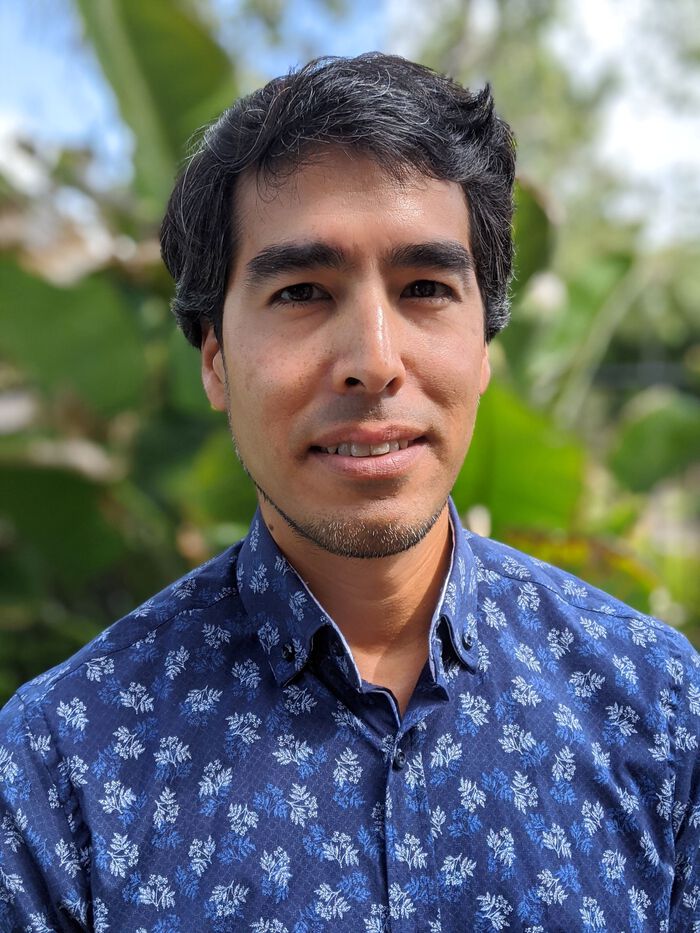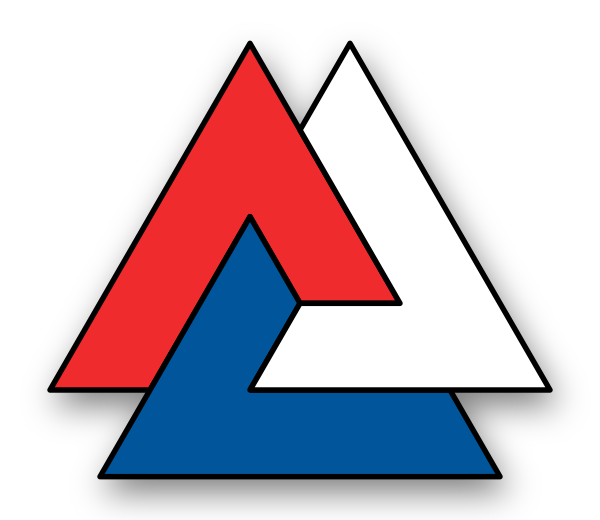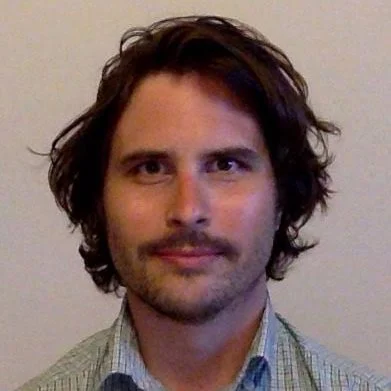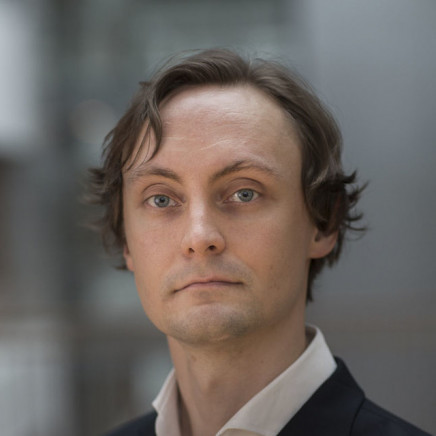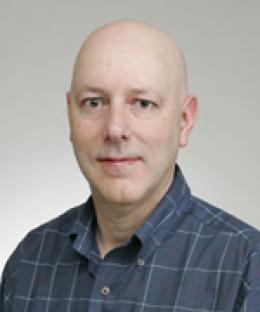Gjesteforelesninger og seminarer
Kommende
I will talk about how one can relate intersection theories of Hilbert schemes of points and Fulton-MacPherson compactifications.
The 5th Scandinavian Gathering Around Remarkable Discrete Mathematics
C*-seminar by John Quigg (Arizona State University).
C*-seminar by Roberto Conti (Sapienza University of Rome)
Tidligere
C*-algebra seminar by Eduard Vilalta (Chalmers University of Technology / University of Gothenburg)
Abstract: Although tropical vector bundles have been introduced by Allermann ten years ago, very little has been said about their structure and their relationship to vector bundles on algebraic varieties. I will present recent work with Martin Ulirsch and Dmitry Zakharov that changes exactly this in the case of curves: we prove analogues of the Weil-Riemann-Roch theorem and the Narasimhan-Seshadri correspondence for tropical vector bundles on tropical curves. We also show that the non-Archimedean skeleton of the moduli space of semistable vector bundles on a Tate curve is isomorphic to a certain component of the moduli space of semistable tropical vector bundles on its dual metric graph. Time permitting I will also report on work with Inder Kaur, Martin Ulirsch, and Annette Werner and explain some of the difficulties that arise when generalizing beyond the case of curves to Abelian varieties of arbitrary dimension.
C*-algebra seminar by Emilie Elkiær.
We consider several situations where drops can be captured by fibrous materials, from sprays on textiles (where the droplets are much larger than the typical fiber size) to meshes placed in a flow of fog (where the droplets are smaller than the typical fiber size). This last system, often encountered in aerosol filtration, exhibits a wealth of phenomena coupling capillarity and aerodynamics. In particular, we characterize experimentally and theoretically the deposition of the mist droplets on the fibre and the flow through and around the porous mesh, that both strongly depend on the mesh porosity and fine structure (i.e. the arrangements of the fibers). We further consider the dynamics of large drops sitting on fibers when exposed to a cross-flow, in particular their interactions with their unsteady wakes.
A liquid droplet placed on a rigid, planar surface has a captivating simplicity: its surface is a spherical cap and remains in equilibrium. In this talk, I’ll show that the addition of a deformable boundary leads to a range of new phenomena: evaporating droplets with an elastic skin may develop flat tops, but even without a complex rheology, reaching equilibrium can happen slowly, with the droplet’s contact ageing. I will discuss two specific examples, presenting a combination of theory and experiment for each.
The theory of flexible plates can be applied to models of floating solar panels. When wet, the structure vibrates with lower frequencies than when in vacuo. Our study is concerned with thin rectangular porous plates with free edge conditions in three dimensions exposed to incoming waves. We develop a complete hydrodynamical theory of the wave-flexible-structure interaction including the coupled radiation-diffraction problem. The formulation leads to a set of integral equations for the potentials on the wetted side of the plate. The Green function in three dimensions is implemented along the floating geometry. We use the beam method for the displacement of the rectangular free plate. A variational equation is minimized for the solutions of the interaction problem
Note the non-standard start time!
Abstract: We consider mirror pairs of Calabi-Yau hypersurfaces X and X’ in toric varieties associated to dual reflexive polytopes. We will give a proof through tropical geometry that the Hodge numbers of X and X’ are mirror symmetric. The proof goes by considering tropical homology, and works over the ring of integer numbers. In particular, we can use our spectral sequence with Kris Shaw to explore the connections between the topology of the real part of X and cohomological operations on X’.
This is based on joint work with Diego Matessi.
C*-algebra seminar by Sergey Neshveyev.
Structural equation models are simultaneous equation regression models, whose variables are latent, and measured via a confirmatory factor model (that is, with measurement error and repeated measurements). When the functional form of the simultaneous equation system is unknown, it has previously been observed in simulations that factor scores inputted into non-parametric regression methods approximate the true functional form. Factor scores estimate the latent variables (per person), and several types exist. We provide a theoretical (though population-based) analysis of this procedure, and provide assumptions under which it is theoretically justified in using Bartlett factor scores, which are simple linear transformations of the data. In simulations, we compare this suggestion to an already available though understudied non-linear and computationally heavy procedure, and observe that the simple Bartlett approach appears to work better.
The frictional behavior of surfaces is a problem of great scientific and practical significance. Recent progress in molecular scale modeling allows us to determine the coefficient of friction for nanoscale surfaces from first principles using molecular dynamics modeling. However, inverse design, that is, designing surfaces with specific frictional propeties is still a complex and largely unsolved challenge in part due to the enormous space of possible surface configurations. Here, we demonstrate how we can use physical forward modeling to find the frictional properties of a set of surfaces that can serve as a training set to design machine learning models. In this talk, we demonstrate both discriminative and generative models for frictional surface design and analyze what physical principles the machine learning models have learned in this process.
his talk discusses a nonparametric inference framework for occupation time curves derived from wearable device data. Such curves provide the total time a subject maintains activity above a given level as a function of that level. Taking advantage of the monotonicity and smoothness properties of these curves, we develop a likelihood ratio approach to construct confidence bands for mean occupation time curves. An extension to fitting concurrent functional regression models is also developed. Application to wearable device data from an ongoing study of an experimental gene therapy for mitochondrial DNA depletion syndrome will be discussed. Based on joint work with Hsin-Wen Chang (Academia Sinica).
During this cold winter in Oslo, we certainly all have experienced the unsteady nature of friction and the sudden loss of stress bearing capacity that initiates catastrophic sliding. A similar kind of frictional rupture arises at the onset of a wide variety of natural disasters that includes earthquakes, landslides, as well as snow avalanches. In this talk, I will focus on the incipient stage of these catastrophic events that is characterized by the local nucleation of failure and its rapid propagation towards intact regions of the material. I will discuss how the analogy to fracture mechanics can be exploited to describe the dynamics of these rupture fronts and develop quantitative models to characterize the onset of failure in geomaterials.
Donaldson-Thomas and Pandharipande-Thomas theory are two approaches to counting curves on projective threefolds in terms of their moduli spaces of sheaves. An important special case in understanding the DT/PT correspondence the equivariant geometry of affine three-space with the natural coordinate action of the rank 3 torus. I will show how one can use new wall-crossing techniques to prove the equivariant K-theoretic DT/PT correspondence in this situation, which was previously known only in the Calabi-Yau limit.
This is part of an ongoing project with Felix Thimm and Henry Liu in which we aim to prove wall-crossing for virtual enumerative invariants associated to equivariant CY3 geometries by extending a vertex algebra formalism for wall-crossing developed by Joyce.
Bone stress injuries affect athletic populations who undertake activities in which bones are repeatedly loaded. In order to understand and reduce the risk of bone stress injuries, we need to quantify the loading experienced by the bones during activities such as running. Bone loading is difficult to quantify as the magnitudes of stress are influenced to a large extent by the magnitude of muscular forces acting on the bone. Musculoskeletal modelling, ranging from very simple to very complex approaches, can be used to estimate the internal loading experienced by the bone during running. This has allowed us to explore factors such as speed, slope and step length and their influence on bone loading during running. However, in order to truly understand risk of stress injuries this needs to be taken out of the lab and in-field. This talk will consider what we know and the limitations to current understanding.
